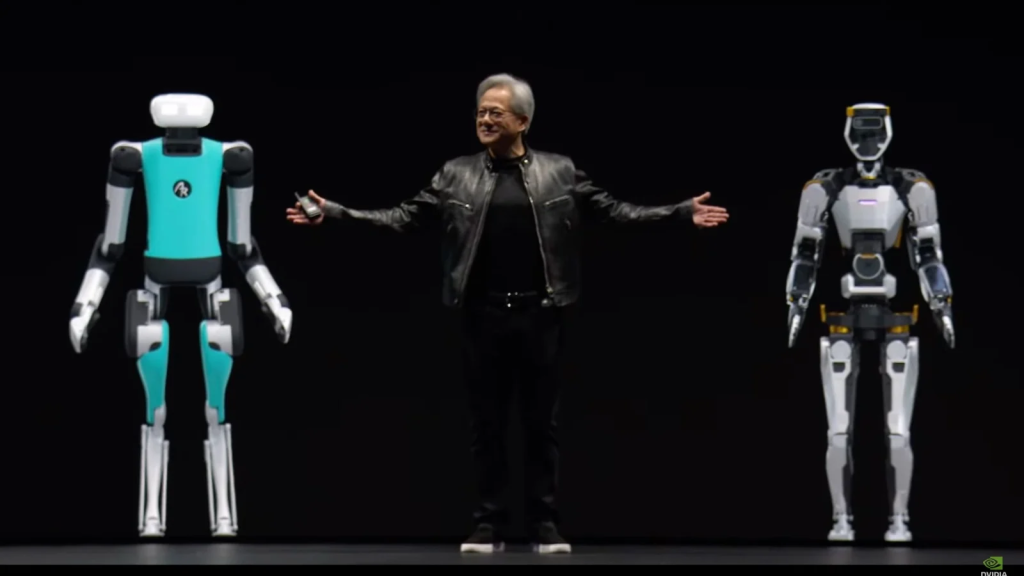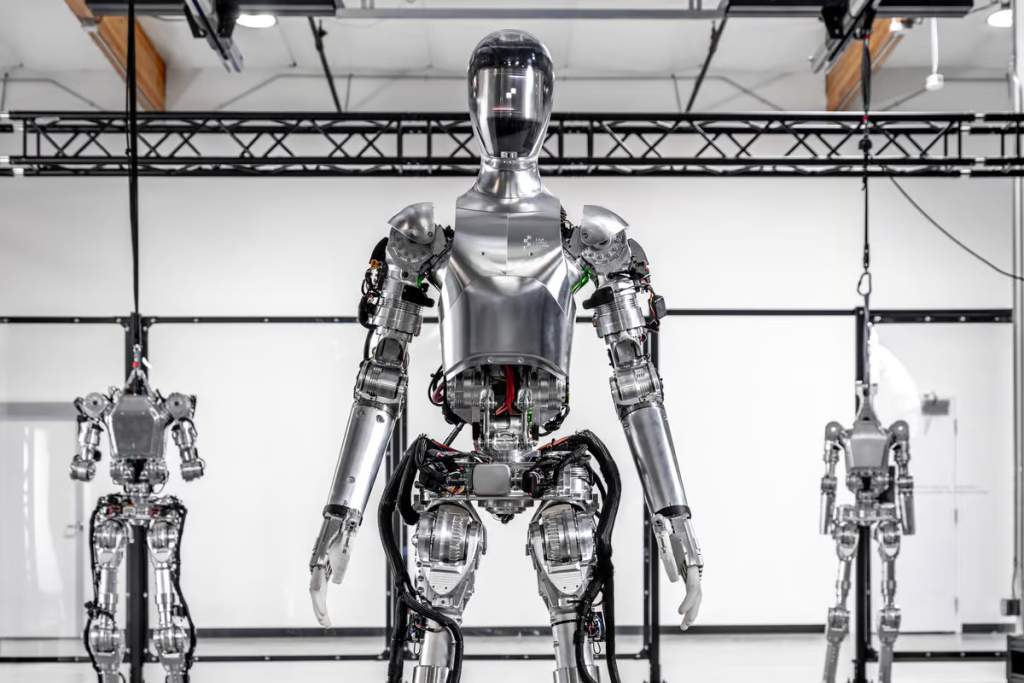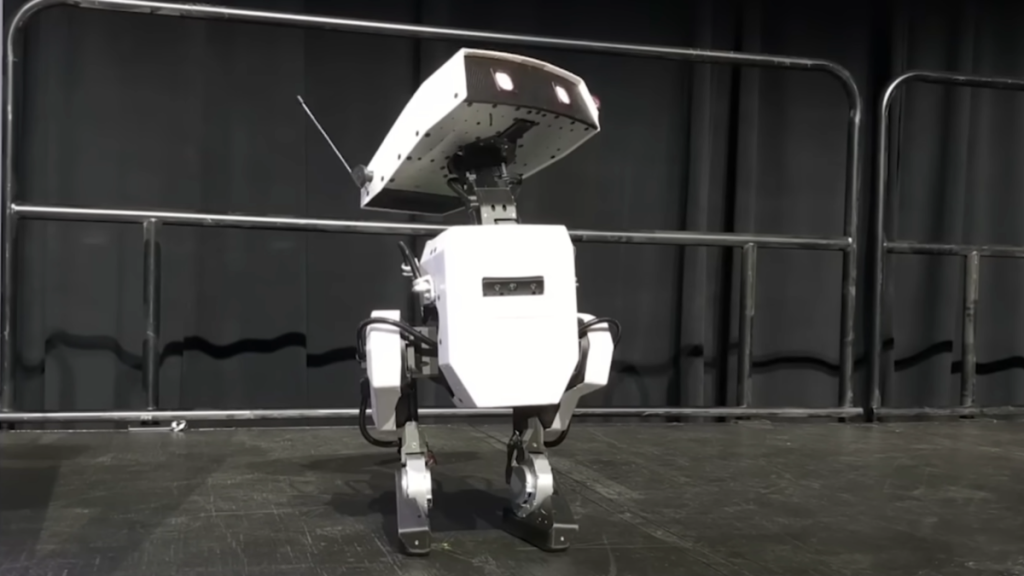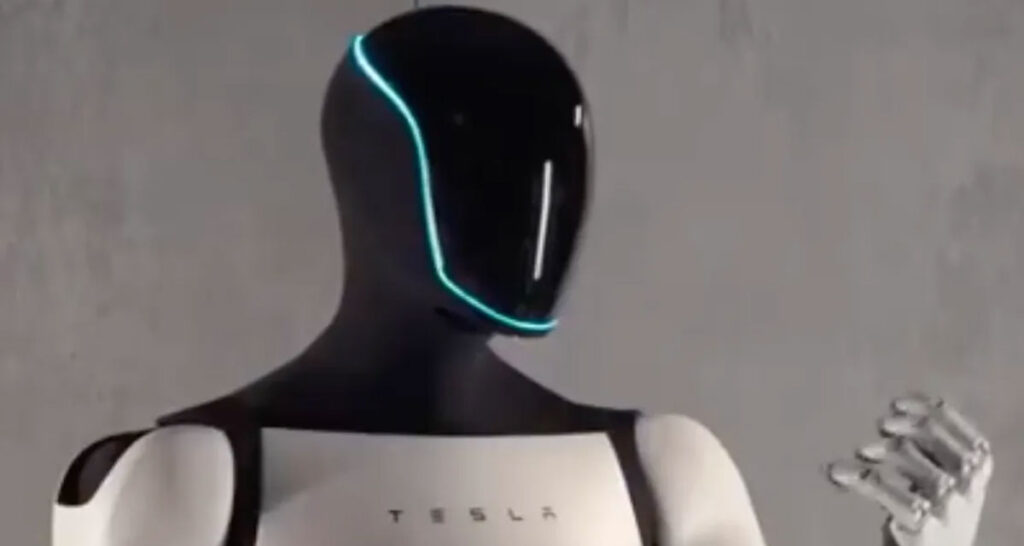In an era defined by rapid technological advancement, the field of human robotics stands at the brink of a transformative shift, thanks to the emergence of MOS, the Microcontrollers Operating System. This revolutionary platform is poised to significantly accelerate the development of human-like robots, thereby reshaping the landscape of robotics and opening new vistas of innovation and application.

Breaking Down Barriers with MOS
At the heart of this transformation is MOS’s ability to democratize the development process across different microcontroller environments. Traditionally, developers faced significant hurdles due to the varied syntax and proprietary systems of different microcontroller vendors, leading to inefficiencies and bottlenecks in the development process. MOS eradicates these obstacles by offering a unified platform that enables seamless programming across multiple microcontrollers, irrespective of the vendor. This universal applicability ensures that developers can focus on innovation rather than navigating the complexities of vendor-specific environments.

Empowering Developers Through Innovation
MOS introduces a low-code environment that drastically simplifies the programming process, allowing developers to configure and manage multiple microcontrollers in real-time. This approach not only reduces the time required to develop and test new functionalities but also enhances the capability to iterate and refine robotic technologies rapidly. Furthermore, the integration of AI within MOS accelerates the development cycle by auto-generating code from logic modules, thereby enabling developers to bring their visions to life with unprecedented speed and efficiency.

The Impact on Human Robotics
The implications of MOS for human robotics are profound. Projects such as Tesla’s Optimus and various initiatives by Nvidia are set to benefit immensely from the streamlined development processes enabled by MOS. By significantly reducing the complexity and time required to develop human-like robots, MOS facilitates a faster transition from concept to reality. This efficiency is crucial for projects that require sophisticated interaction capabilities, complex locomotion algorithms, and advanced AI integration—characteristics essential for the next generation of human robotics.

Envisioning the Future
As MOS continues to evolve, its potential to serve as a catalyst for innovation in human robotics becomes increasingly evident. By offering a platform that simplifies the development process, enhances efficiency, and promotes scalability, MOS is not just changing how robots are built; it’s reshaping the possibilities of human-robot interaction. The future of human robotics, powered by MOS, promises a new era of robots that are more intuitive, capable, and integrated into our daily lives, marking a significant leap forward in our journey towards a more automated, intelligent world.

In this new dawn, the accelerated development and enhanced adaptability of human-like robots are not just aspirations but imminent realities. The advancements facilitated by MOS will empower developers and companies to push the boundaries of what’s possible, leading to innovations that could redefine our interaction with technology. As we stand on the cusp of this exciting future, MOS emerges as a foundational pillar that will support the growth and sophistication of human robotics for years to come.












